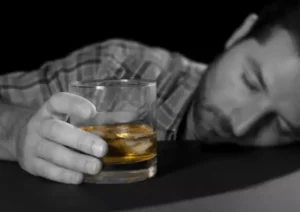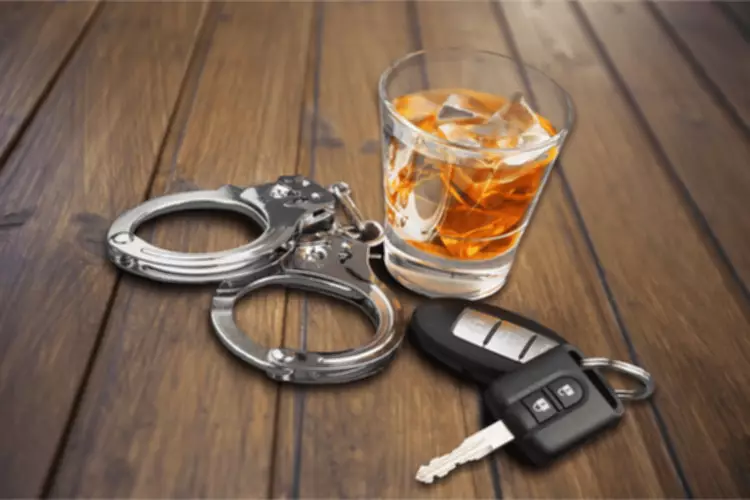
Alcohol suppresses the release of glutamate, resulting in a slowdown along your brain’s highways. Yim H and Gonzales R. Ethanol-induced increases in dopamine extracellular concentration in rat nucleus accumbens are accounted for by increased release and not uptake inhibition. Naltrexone is an opiate-receptor antagonist and has been shown to limit cravings by reducing the positive reinforcement effect of alcohol consumption.
Dopamine levels fall, and the euphoric buzz goes with it, but your brain is looking to regain the feeling caused by the increased level of dopamine. Eventually, you rely fully on alcohol to generate dopamine release, and without it, you experience withdrawal symptoms. The mechanism of action is, however, not completely understood, and although in vitro studies indicate that OSU6162, like aripiprazole, acts as a partial agonist at D2 receptors [191, 192], behavioural studies have failed to demonstrate any intrinsic activity of the compound ([195]). Instead it has been suggested that OSU6162 produces functionally opposite effects by acting as an antagonist at both presynaptic autoreceptors and postsynaptic D2 receptors [189, 193–195]. Based on the hypothesis that OSU6162 can counteract both hyper‐ and hypo‐dopaminergic states, the compound has recently been evaluated in both animal models modulating alcohol‐mediated behaviours as well as in a placebo‐controlled human laboratory study in alcohol‐dependent patients.

Even single-episode (i.e., acute) alcohol exposure alters various aspects of serotonin’s synaptic functions. In humans, for example, the levels of serotonin metabolites in the urine and blood increase after a single drinking session, indicating increased serotonin release in the nervous system (LeMarquand et al. 1994a). This increase may reflect enhanced signal transmission at serotonergic synapses.
Several mechanisms could account for such a decrease in brain serotonin levels. For example, the brain cells could produce less serotonin, release less serotonin into the synapse, or take more serotonin back up into the cells. Alternatively, does alcohol trigger dopamine the serotonin metabolite levels in alcoholics could be reduced, because less serotonin is broken down in the brain. To date, the exact mechanisms underlying the changes in serotonin-metabolite levels are still unknown.

Furthermore, OSU6162 blunted alcohol‐induced dopamine output in the NAc of alcohol‐naïve rats [196], indicating that OSU6162 has the ability to attenuate the rewarding effects of alcohol. In contrast, a more recent microdialysis study conducted in long‐term drinking rats, showed that OSU6162, compared to vehicle‐pretreatment, had no significant effect on the alcohol‐induced dopamine peak [29]. The contrasting microdialysis results in alcohol‐drinking versus alcohol‐naïve rats highlight OSU6162´s ability to modulate the dopamine output dependent on the prevailing dopaminergic tone. Furthermore, these results indicate that OSU6162 might have the ability to attenuate alcohol‐mediated behaviours by counteracting the hypo‐dopaminergic state induced by long‐term drinking. The hypothesis that atypical antipsychotics may decrease alcohol intake are supported by two separate studies with risperidone and olanzapine in high‐alcohol‐preferring rats [154, 155]. Neither compound had an effect on maintenance of chronic alcohol drinking [157], which is in line with a study showing that clozapine did not reduce alcohol consumption in alcohol‐preferring rats [155].

Categories
Submit a Comment